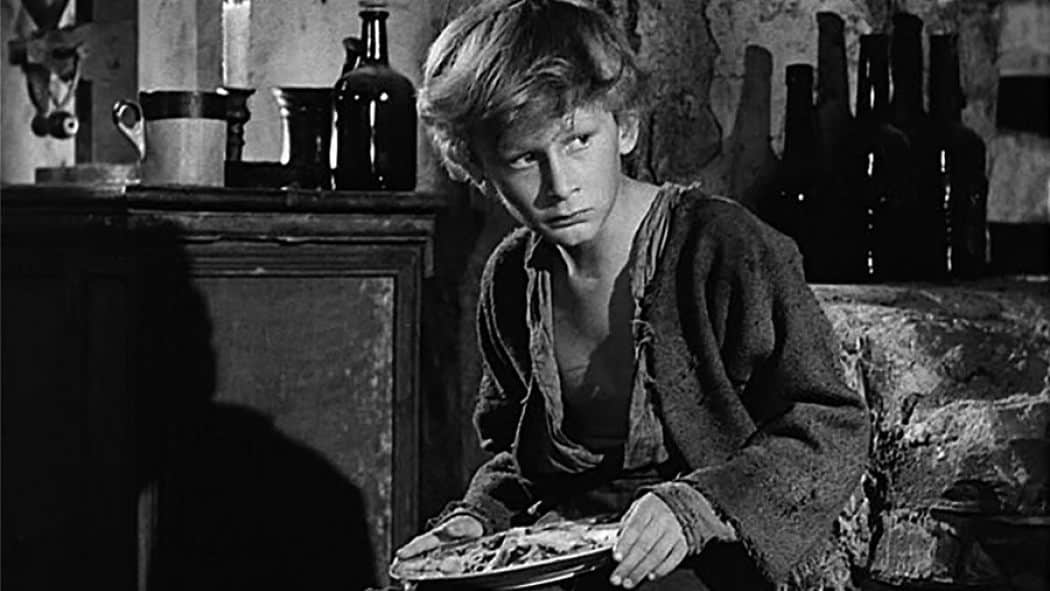Workhouses were a part of everyday life in 19th century London, for most people however, the horrors of the real conditions were not acknowledged by society. It wasn’t until Charles Dickens began his serial The Adventures of Oliver Twist, published February 1837 and continued until April 1839, that people began to realise the severity of the conditions.
Charles Dickens had experienced poverty in his young life. His father, John Dickens was forced into Marshalsea debtors prison, where his family joined him and Charles was separated from his family and boarded with a family friend, on Sundays however he joined his sister Frances and spent the day with his family. To assist his family Charles was forced to leave school and work at Warren’s Blacking Warehouse for 10 hours a day, with a pay-rate of six shillings where his job was to paste labels on the bottles of shoe polish. Charles was 11 years old at the time. It was this exposure that helped him shape his writings in novels such as Little Dorrit and Oliver Twist.
These stories showed that any poor child was destined to life of horrific conditions. These children were seen as commodities that were single units for sale. A child was more valuable to the family if they could earn a wage instead of getting a education. Every child that was sold by the workhouse to an apprentice was seen as a good thing, as it was one less mouth to feed.
The idea of the workhouse came about in 1834, with the simply mindset that it would ‘humiliate the poor for asking for help, shame them into standing on their own two feet.’ The workhouse was seen as the NHS of the day, a solution for the growing poverty of England. To be admitted to the workhouse a person had to satisfy the conditions that they were truly destitute which meant that you had no money, no job and nowhere to live.
Although everyone living poverty (whether in workhouses or with their masters) experienced appalling conditions it was the children that suffered the most. They were often mistreated by their masters and the only food they received was scraps, which caused many of them to die from malnutrition. To increase productivity their teeth were filed and ears were put in vices, causing pain.
It was in the late-19th century that the attitudes shifted even further away from the original mindset. In 1889, The National Society for the Prevention of Cruelty to Children (NSPCC) was established, this happened after the Education Act of 1870 had brought about huge changes by requiring all children between the ages of 5 and 13 in England and Wales to be educated.
Charles Dickens novels were seen as the soap operas of the day. As people talk about what they watched on TV the night before, when a new instalment of a piece was released it was talked about in the streets. The Adventures of Oliver Twist shocked its readers with its depictions of poverty and crime. It took on the arguments the middle class had about criminals and made the truth about the conditions of the workhouse public.
Charles Dickens died in 1870, and although workhouses would not be completely shutdown until the National Assistance Act 1948,[i] he opened the eyes of people. He detailed the harsh treatment of the poor and how their children suffered from this.
Footnotes
[i] Which abolished the Poor Act which had set the standard for not giving the poor a safety net, even if they couldn’t pay national insurance contributions.

Leave a Reply